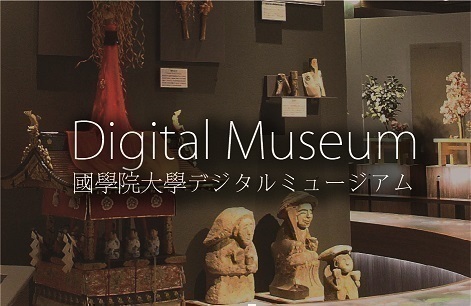- トップ
- Encyclopedia of Shinto
- Atobe Yoshiakira
Encyclopedia of Shinto
| Main Menu: | |
| Links: |
詳細表示 (Complete Article)
| カテゴリー1: | 8. Schools, Groups, and Personalities |
|---|---|
| カテゴリー2: | Personalities |
| Title | Atobe Yoshiakira |
| Text | (1658-1729) A practitioner of Suika Shintō. Born on the twelfth day of the second month of 1658 with the lineage name of Minamoto (Genji), Atobe's common name was Kūnai and his formal name was initially Ryōken, but it was later changed to Yoshiakira. He also had the epistolary name Jūjosai and was posthumously conferred the divine Shinto title (reisha) of Terumi. Yoshiakira's father was a direct retainer of the Shogun (a hatamoto) who held a stipend of two thousand five hundred koku of rice, and his mother was daughter of Yagyū Jūbei Mitsuyoshi, making Atobe the great-great grandson of the famed swordsman Yagyū Sekishūsai. Atobe's mother introduced him to the study of Sino-Japanese classics, and Tomobe Yasutaka (1667-1740), whom he met at the age of thirty-eight, introduced him to the teachings of Yamazaki Ansai (the study of which is known as kimon studies). After this, he studied Suika Shintō under Izumoji Nobunao's disciple Takeshita Seizan. Tomobe also introduced Atobe to Satō Naokata (1650-1719), under whose tutelage he temporarily abandoned Shinto. Atobe grew disenchanted with Satō's teachings, however, and once again returned to Shinto research. He compiled Yamazaki Ansai's works in two volumes, entitled Suikaō shinsetsu and Suika bunshū (published consecutively), and with Yamazaki followers such as Yasutaka and Okada Masatoshi (1660-1744), he propagated Suika Shintō, primarily in the city of Edo. Atobe's works were not exceptionally original, but his Suikaō shintō oshie no tsutae is noteworthy for providing a framework for Shinto education. On the other hand, he had the tendency to formalize Suika Shintō practices. His support for the Southern Court of the Nambokuchō period of North-South courts (ca. 1333-1392) was outlined in Nanzan hennenroku and proved an important contribution to the debate on that issue. He died on the twenty-seventh day of the first month of 1729 at the age of seventy-two. -Nishioka Kazuhiko |




